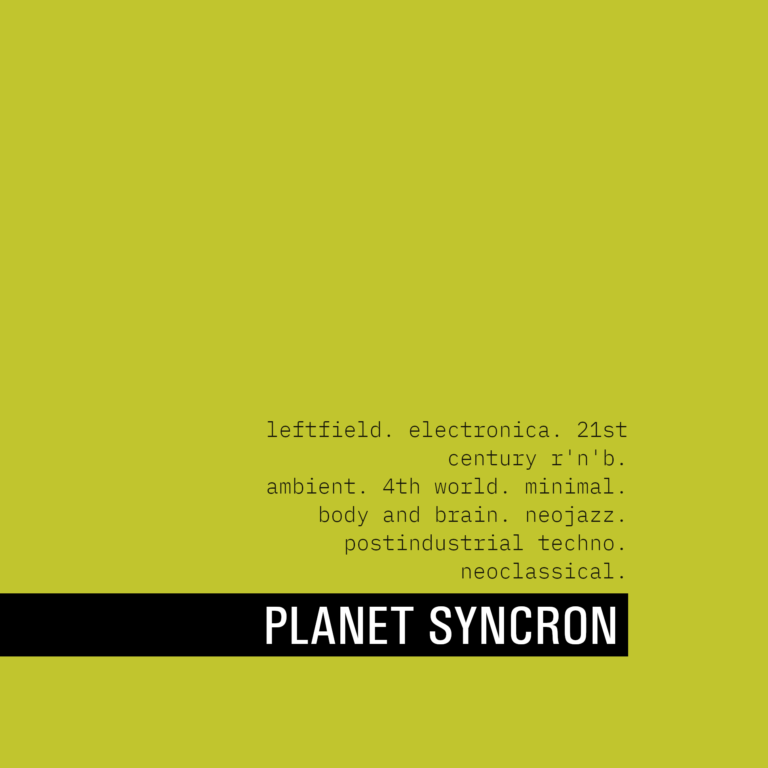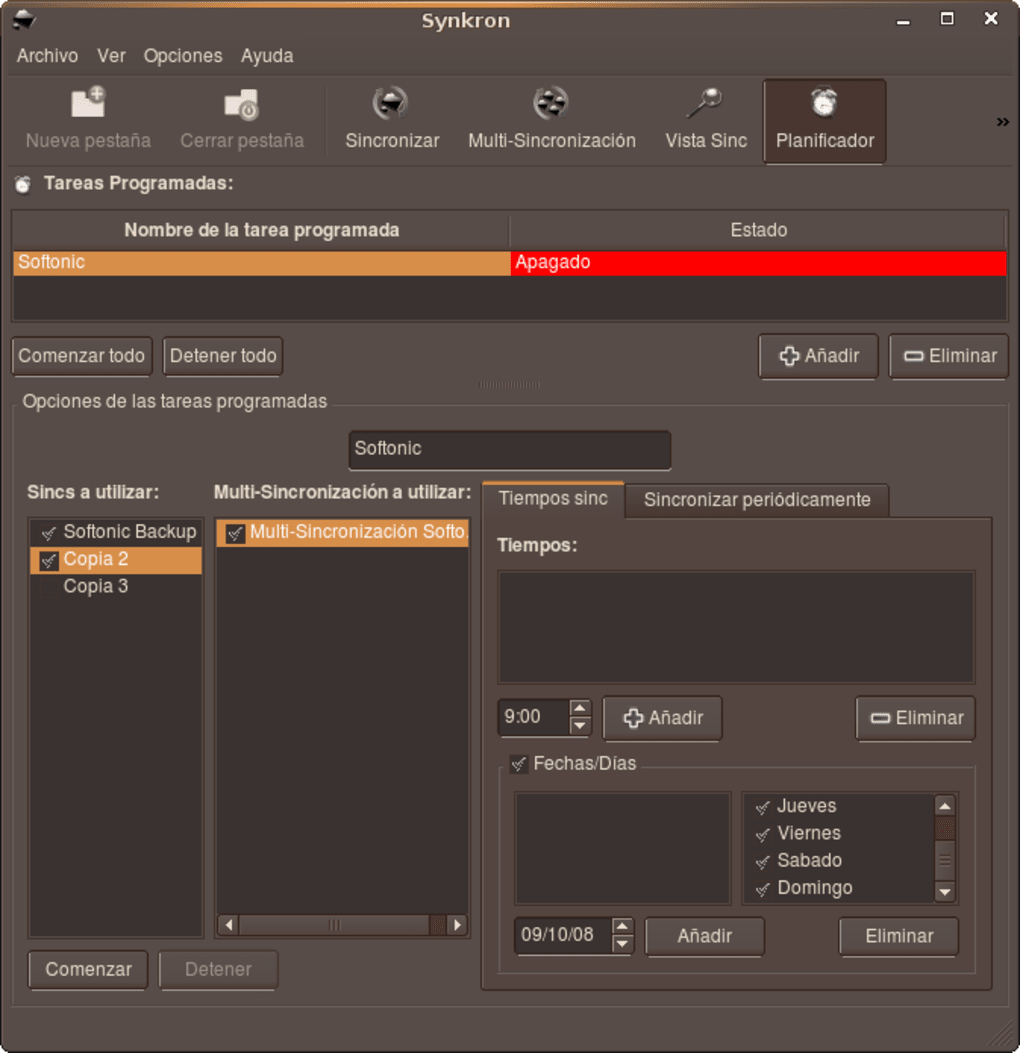
If System Restore is eating up a lot of hard drive space for restore points, you can reduce the amount of hard disk space allocated to System Restore.
SYNKRON DISK SPACE FULL HOW TO
RELATED: How to Find and Remove Duplicate Files on Windows Reduce the Amount of Space Used for System Restore It allows you to specify folders, types of files, and more. Or if you don’t mind spending a few bucks, you can use Duplicate Cleaner Pro, which not only has a nicer interface, but has tons of extra features to help you find and delete duplicate files. You can use a duplicate-file-finder application to scan your hard drive for duplicate files, which are unnecessary and can be deleted. Additionally, we recommend you stay away from the registry cleaner in CCleaner and other similar applications. Don’t tick that option unless you’re absolutely sure. Warning: You can easily clear all of your saved passwords with CCleaner. However, if you don’t want to handle all of that manually, you can use CCleaner. CCleaner cleans junk files from a variety of third-party programs and also cleans up Windows files that Disk Cleanup won’t touch. RELATED: Here's What You Should Use Instead of CCleaner The same goes for just about any other program - if you can use the program itself to clean up temporary files, do so.

Typically, you should clear the temporary files created by your browser from within the browser itself. (Your browser cache uses hard disk space to save you time when accessing websites in the future, but this is little comfort if you need the hard disk space now.) For example, it won’t clear Firefox or Chrome browser caches, which can use gigabytes of hard disk space. The built-in Windows Disk Cleanup tool is useful, but it doesn’t delete temporary files used by other programs. RELATED: Analyze and Manage Hard Drive Space with WinDirStat Clean Temporary Files Now, I can jump into that folder any time and wipe the cache.The visual representation might also help spot unexpected or forgotten large files. I have saved an alias of that to my Desktop and removed the “.” from the beginning so the alias isn’t invisible. Synkron is great apart from this one caveat, so to keep using it, I found the invisible folder under /Users/(me)/.Synkron.

SYNKRON DISK SPACE FULL FREE
I downloaded the free Disk Inventory X, and bingo - Synkron was using 350GB in an invisible folder!!! It seems to be keeping a cache of each time I backup, so I was accidentally getting a second version and a third version and a fourth version of every file! I use external USB drives for all my files so there was no way I should be down to 1GB on the internal drive. I found this site after experiencing the same problem and just AFTER coming across the same solution! My drive is 500GB but the available space had dropped low as 1GB (so of course I had to act). I’m not ruling out Synkron completely, and I hope that its developers decide to fix this cache issue at some point.Īhhh, dang.

If you’re using Synkron as well, and you’ve noticed your free space shrinking inexplicably, you may want to give Disk Inventory X a try, and to consider whether another utility to sync your files may be a better option. Look, Synkron, you may have a nice, shiny icon, and you may be able to put a nice GUI on rsync or subversion (not sure which you’re built on), but I’m sorry, when you can’t clean up after yourself or at least take up less space on my drive, you’re no good to me - into the Trash you go. It was eating up 30.6GB of my space, without me even realizing it… What do you think was the biggest culprit on my MBP’s hard drive? The Synkron cache.
SYNKRON DISK SPACE FULL DOWNLOAD
I decided to download Disk Inventory X, a drive space analysis tool based on WinDirStat, which I’d already used on a couple of Windows machines. It just didn’t make sense after all, I’d been able to do it just a couple of months ago, before I filled up my drive with photos from Austria and Romania. I’ve also been cleaning up my drive, and something drove me bonkers: I couldn’t figure out why, in spite of my best efforts to clean up the drive, I couldn’t get 100GB free or more on my MBP (total HD size is 250GB). I’ve been using Synkron lately to keep several directories synced up across a couple of external drives - a backup of sorts, just in case one of the drives decides to kick the bucket.


 0 kommentar(er)
0 kommentar(er)
